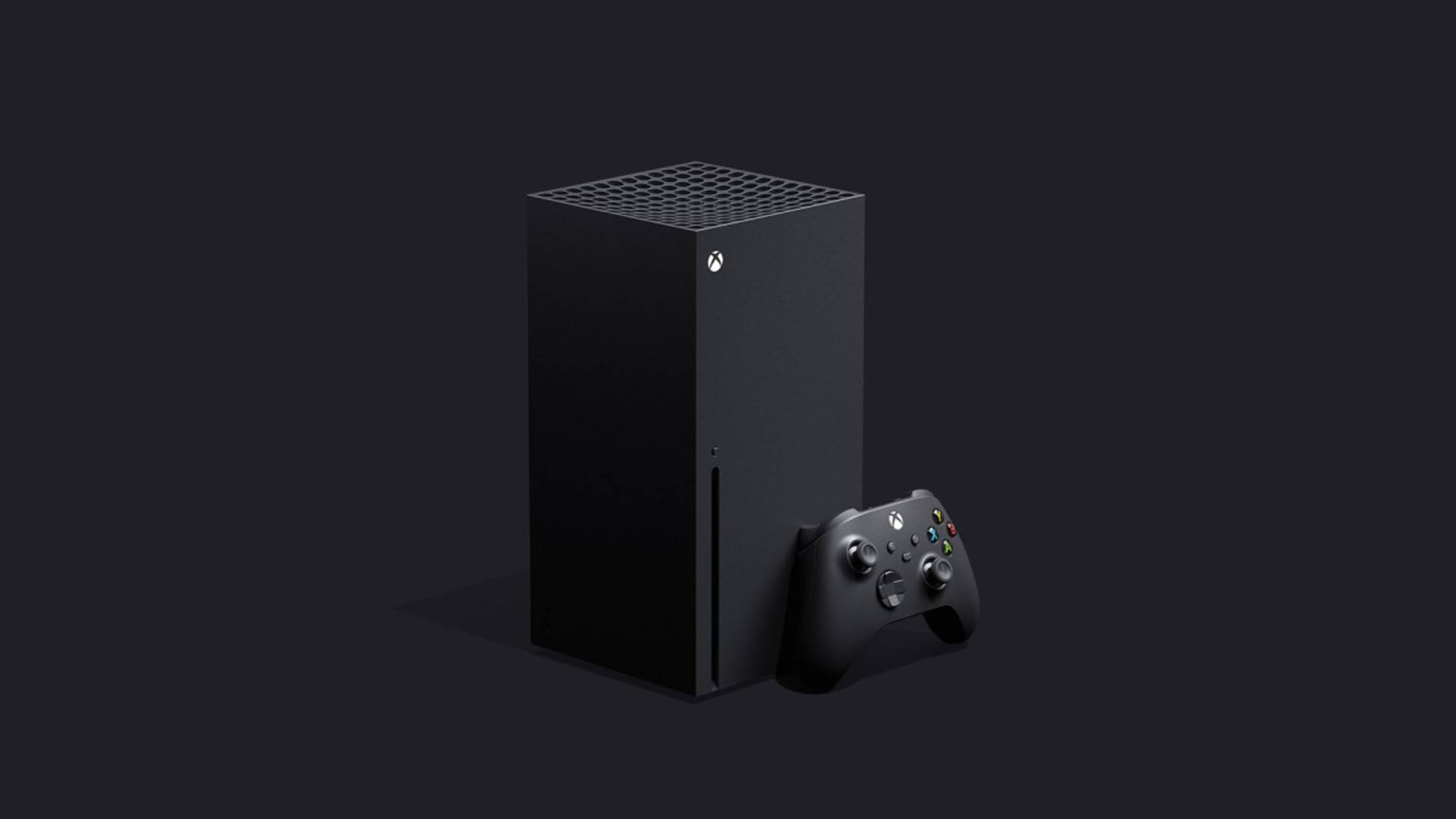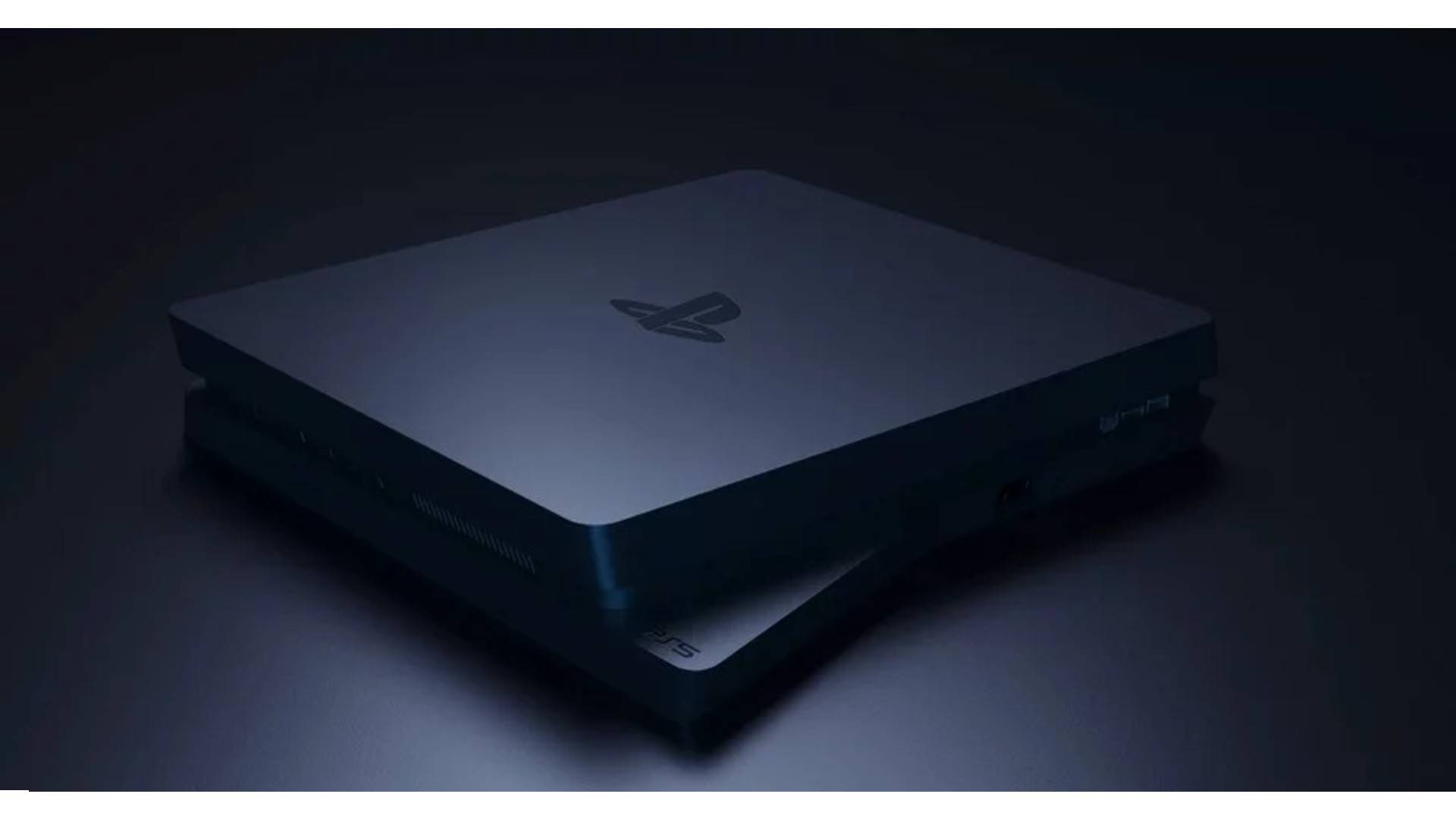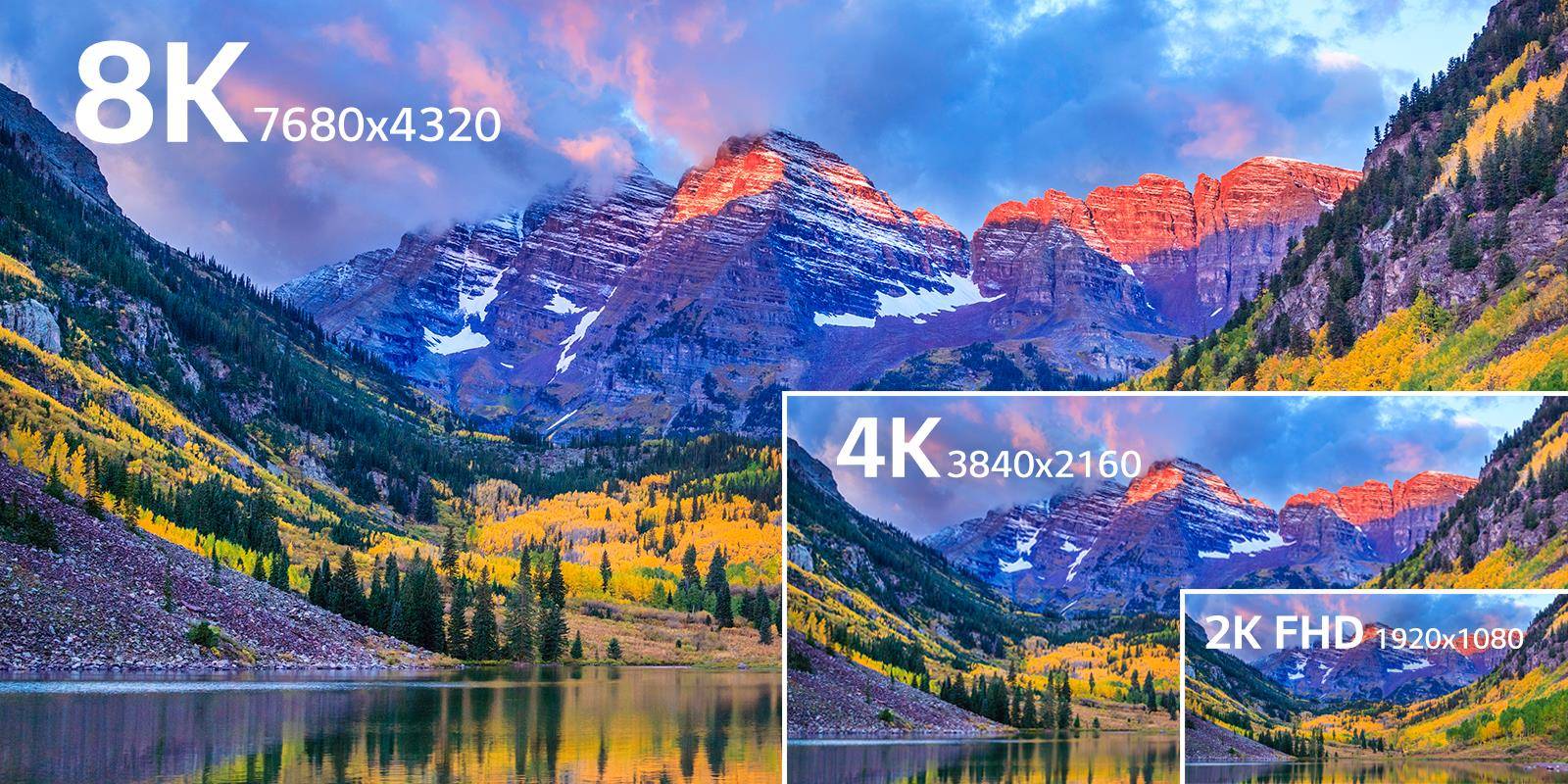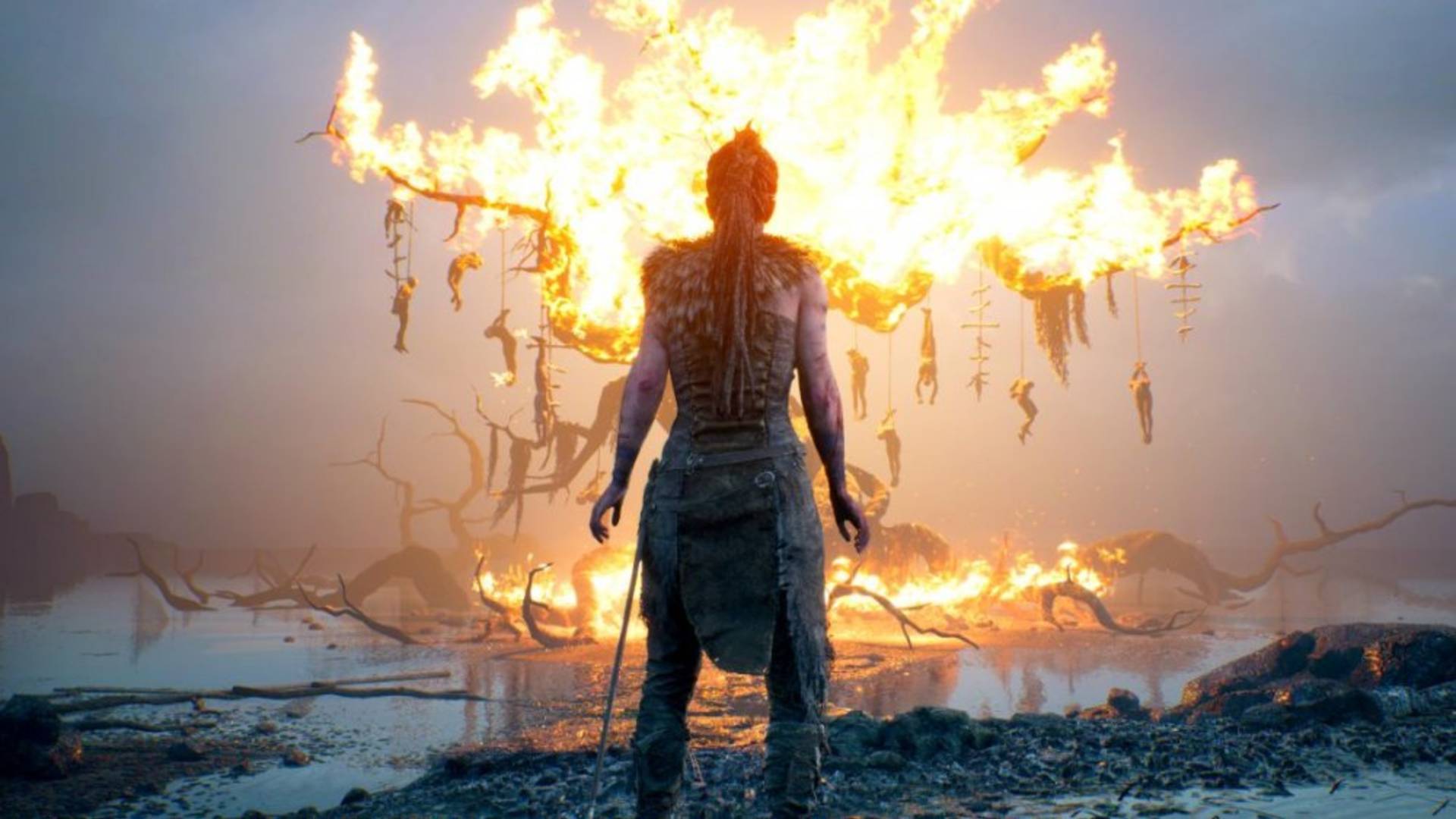Updated
PS5 vs Xbox Series X - We compare specs
The battle between PlayStation and Xbox is a never ending one. Which one should you pick? The Playstation 5 digital edition, Xbox Series X or S, and what really is the different, and which have the best accessories? Are the Xbox Series X controllers better than the PS5 ones? We have all the answers.

Microsoft and Sony recently presented new details of their Xbox Series X and PlayStation 5 and they both look like giants in terms of performance.
Even though we still don’t know a lot of the details, including the exact price and launch date – but also what the PlayStation 5 will actually look like – the specifications for both systems have now been released. And just like for every previous generation of consoles, there’s an enormous step upwards in terms of performance, with one incredible figure after another being quoted. So we’ve chosen to compare what we currently know about the PlayStation 5 and Xbox Series X, both with their predecessors and also with the Nintendo Switch.
We’ve included the standard edition (PS4 Slim, Xbox One S) as well as the “Pro” edition (PS4 Pro, Xbox One X) in the comparison to illustrate how big the difference is between the three. The Nintendo Switch is mostly included for the sake of curiosity. This is because Nintendo has never intended to compete with the Switch in terms of specifications. It’s also the only portable machine in the comparison.
But let’s start with the official sources and what they have to say. First we have Sony, with an exploration of the specifications for the PlayStation 5.
Followed by a semi-official source for the Xbox Series X. Austin Evans doesn’t work for Microsoft (as far as we know), but he’s had their blessing to rummage around in the as yet unreleased machine.
Followed by a semi-official source for the Xbox Series X. Austin Evans doesn’t work for Microsoft (as far as we know), but he’s had their blessing to rummage around in the as yet unreleased machine.
1. Price and launch
The question on everyone’s lips is when the Xbox Series X and PlayStation 5 will be launched, and what they’ll cost. At the time of writing, neither Sony nor Microsoft have said anything about price, and when it comes to a release date they’re both saying “in time for Christmas 2020” (Sony has also mentioned that the current coronavirus pandemic hasn’t yet affected the release date).
But we can always guess and look at historical data, can’t we?
In our big guide to the PlayStation 5, we do an in-depth analysis of both historical release dates and prices and conclude that the PS5 will be released on 20 November for a price of £399. Given this analysis, it’s probable that Microsoft will do something similar with the Xbox Series X, perhaps with a short lead in terms of time and with a slightly lower price to gain competitive advantage.
 Official image of the Xbox Series X and its controller
Official image of the Xbox Series X and its controller
2. Processor
From the name, it looks like the Xbox Series X and the PlayStation 5 have the same processor, because the PlayStation 5 is using an AMD Ryzen ‘Zen 2’ while the Xbox Series X has an... AMD Ryzen ‘Zen 2’. They also both have eight processor cores with a total of 16 threads – the only difference is the clock speed. The Xbox Series X has a clock speed of 3.8 Ghz, while the PlayStation 5’s is 3.5 GHz.

But on the other hand, the difference between them was about the same on the previous generation of consoles. There are several reasons for this. AMD generally make cheaper processors than their arch-rival Intel, which reduces the total cost of the console. It also makes it easier for developers, who have very high development costs from the outset. Choosing very similar hardware means that development costs can be kept down somewhat and that games developers can more easily release a game for both systems. If it costs a huge amount to develop a game, it probably feels like a step too far to have to spend money on adapting it to completely different architecture, which means that developers tend to choose one platform and stick with it.

At the same time, it makes our second comparison a little more fun because it looks like both current and future consoles will be very similar. Even if the number of cores and threads is important from a performance viewpoint, it doesn’t actually tell you very much. A processor core is a bit like having several separate processors located on the same surface. With several processor cores, computers, mobile telephones and game consoles can concentrate on several things at the same time. At the same time the complexity increases with several processor cores, which means that you don’t get processors with many more cores.
But what about threads? Much the same is true here. For example, a processor with two threads has effectively created an extra virtual processor that can cope with handling its own tasks, at least part of the time. This isn’t as effective as a separate processor core, but it still helps if there’s a lot to do simultaneously. The Xbox Series X and PlayStation 5 are actually the first generation of consoles to use processor threads as well as several processor cores, even though the technology has been common in computers for several years now.
And one more thing. The Xbox Series X has a clock speed of 3.8 GHz, but 3.6 GHz in SMT mode while the PlayStation 5 has a speed of 3.5 GHz in both “normal” and SMT modes. SMT stands for Simultaneous Multithreading, and relates to how effectively the processor handles several threads at once. The higher figure without SMT in the Xbox Series X therefore relates to when a processor core is being used with only one thread, while the speed goes down slightly when both threads of the processor core are being used.
The PlayStation 5 is simultaneously boasting of variable clock speeds for both CPU and GPU. The benefits of this include being able to save power, but also being able to allocate the power better between the CPU and GPU to be able to deliver performance where it’s required, even in slightly warmer surroundings.
As a side note, it's true that the Nintendo Switch may have eight processor cores in total, but that’s not the whole story. The Nvidia Tegra chip in Nintendo's machine works in about the same way as a processor in a mobile phone. Four of the cores are high performance and intended to do the heavy lifting, while four of them are intended to handle simpler tasks and also use a little less power.
 One of many theories about what the PlayStation 5 will look like, but there are no official pictures yet.
One of many theories about what the PlayStation 5 will look like, but there are no official pictures yet.
At the same time that processors become increasingly effective in general, clock speeds show how fast processors are able to work. Even if the Xbox Series X is faster than the PlayStation 5 in this area, both machines are very much faster than their predecessors.
Winner: Processor → Xbox Series X
3. Graphics
When it comes to graphics too, both forthcoming consoles are essentially quite similar, with AMD Radeon RDNA 2 cards in both machines.
The Xbox Series X and PlayStation 5 also both have hardware support for Ray Tracing and can produce a video signal with up to an 8K resolution. They also both support an image refresh rate of a maximum of 120 Hz.
If we look at the clock speed on each machine's graphics card, the PlayStation 5 actually overtakes the Xbox Series X.

But as usual, the clock speed doesn’t tell the whole story. Graphics cards also work a bit differently to processors. If we dig into the specifications, we see 36CU and 52CU for the PlayStation 5 and Xbox Series X respectively. CU stands for Compute Unit, which in simplified terms is roughly the same as a processor core (on a deeper technical level they're quite different, but let’s ignore that this time around).
This means that even if the graphics pixies in the PlayStation 5 count more quickly than the ones in the Xbox Series X, the latter has a lot more graphics pixies doing the counting, which means the overall performance is better. In this case, the performance is written in TFLOPS.
TFLOPS is the abbreviation for ‘trillion floating-point operations’, and is measured per second. In other words, how many calculations the graphics card can handle per second. The more calculations, the more images per second, which means more detail, more moving parts and so on in the game you’re playing. When we're talking performance in graphics cards, in the majority of cases it’s the number of FLOPS that’s interesting, not exact clock speeds and so on (even though they obviously contribute in their own way).
With more units for calculations, the situation is completely different for the two graphics cards.

It’s a significant improvement for both participants, but ultimately better performance from the Xbox Series X.
We could actually look at this in even more detail. The PlayStation 5 should be able to simultaneously run CPU and GPU better than Microsoft are promising, and to match clock speeds better. At the same time, this is the early days of the era of game streaming, which may mean that in some games some graphics calculations can be handled in the cloud. But we're going to skip this until we’ve actually got real game consoles in the shops to compare.
Winner: Graphics → Xbox Series X
4. Working memory
Of course working memory, or RAM, is also an important part of performance in a game console. And here there's a significant increase in RAM from the previous generation, as both machines have 16 Gb of GDDR6 memory.

That’s a lot more than we got with the previous generation, even if the Xbox One X wasn't far off with 12 Gb. The PlayStation 4 had a different approach to the area, with 8 Gb dedicated for developers to use in games, plus an extra (slower) 1 Gb of RAM for the console’s operating system and other basic functions.
But of course the quantity of memory doesn’t tell the whole story either. What’s more interesting in this context is how much of the memory can be used at once – what’s known as memory bandwidth.

Here we can see yet another advantage of the Xbox Series X, which has faster memory transfer.
Winner: Working memory → Xbox Series X
5. Storage
But there is one aspect that at least owners of PlayStation 3 and 4 consoles will be familiar with: storage. For Sony’s game consoles, it’s been really easy to buy a new hard drive to get more storage space, or simply a faster one to cut down on loading times. As SSD disks have dropped in price, they've also become a popular choice for speeding up loading times in Sony machines.

This is why it isn’t a problem that the above graph makes it look like storage space has more or less stayed static since the previous generation. Because it’s the speed that counts.
Both the PlayStation 5 and Xbox Series X use lightning fast SSD disks with NVMe technology. The latter abbreviation refers to the connection. Normal hard discs and even ‘normal’ SSD disks use SATA technology for data transfer (including current game consoles), and that’s where NVMe comes in as a more modern standard with higher transfer speeds.
But here the two consoles differ. Because even though it can look like Sony are being stingy giving the PlayStation 5 an SSD disk of only 826 Gb, compared to the Xbox Series X’s terabyte (1024 Gb), Sony's machine is faster. Much faster.

Both new consoles distinguish between uncompressed and compressed data, where transfer speeds for the latter for both consoles are about twice that of the uncompressed data speeds shown in the graph above.
But regardless, the PlayStation 5 is more than twice as fast here. This will probably be most obvious when it comes to loading times for slightly more demanding games. Sony promises that loading times, both for starting a game and for travelling between areas, will be completely eliminated with the PlayStation 5. Microsoft are promising much the same, but not emphasising it as heavily as Sony.
It’s worth mentioning that both consoles will support external hard drives. These won’t be used for games, but instead as storage media for PlayStation 4 or Xbox One games, to avoid taking up too much space on the built-in disks.
Both consoles will also offer the possibility of replacing and upgrading storage. But both solutions are proprietary (a posh word for ‘the manufacturer's own hardware’), so don’t count on being able to buy just any SSD disk and stick it in your machine.
On a side note, even though the Nintendo Switch has built-in storage that's actually quicker than the PS4 and Xbox One, there's only 32 Gb of it. This means you have to buy a memory card pretty much immediately. It also affects the reading speed, both as a result of how fast the card is and because it's generally slower using a ‘loose’ memory card than a built-in one.
Winner: Storage → PlayStation 5
6. Blu-ray and video
Blu-ray
Sony scored a real own goal when they released both the PlayStation 4 Slim and PlayStation 4 pro with a standard Blu-ray reader. When Microsoft countered with the Xbox One S and Xbox One X, both had a 4K Blu-ray reader built in and even the slimmed down version of the Xbox coped easily with playing 4K films, while the PlayStation was only capable of playing games.
Clearly Sony won't be repeating this mistake, and both machines come with a 4K Blu-ray player for those who'd rather watch films on disk and in the best possible quality. Of course games will continue to be released on disk, but they’ll be completely installed on the SSD disk to benefit from the speed there (a disk player is significantly slower in comparison).
8K
Both consoles boast of 8K capacity. That means producing material at a resolution of 7680 x 4320 pixels. This is the step above 4K, which is pretty much standard on TVs today (and which the Xbox One and PlayStation 4 Pro can both handle). But 8K really is just a number as things stand. There are only a handful of TVs with 8K resolution, and they all cost that hand, the rest of your arm AND both legs.

At the same time there's very little material available in that resolution. The odd mobile phone can film in 8K, but very little professional video equipment is capable of it. At the same time, there's no standard for Blu-ray with this resolution, and you’d need a hefty internet connection to stream an 8K film. In other words, not something for the average consumer, but good future proofing all the same.
When it comes to games, it naturally requires insane performance from the hardware to deliver a game with this resolution. So far, no games have been announced that can actually cope with being run in 8K, and we'd guess that they won't exactly be common. We’ll probably see the odd trophy title, but the majority of games will run at lower resolutions.
At the same time it's important to distinguish between resolution and image speed. Both 8K and 120 Hz are mentioned in the specifications, but neither of the consoles will be able to run a game in 8K resolution and with 120 image updates per second. The 8K resolution for both consoles is instead limited to 60 Hz, and it’s only with 4K resolution that they’ll be able to cope with 120 Hz.
HDMI 2.1
And on the subject of lower resolutions, new TVs and all that, for gaming it's probably more interesting to find a TV with HDMI 2.1, for various reasons. Both consoles will be equipped with this new standard (even though very few TVs currently are).
In addition to 8K support, the new standard also means 4K resource at a full 120 Hz (image updates per second). Via this standard, 8K is restricted to 60 Hz. We also get variable update speeds, so it can be adapted to work optimally in all situations.
Winner: Blu-ray and video → Undecided
7. Online services
If we look at how previous and current generations of consoles have handled the online aspects and apply this to the forthcoming generation, there are a couple of things to take into account.
All games will be released digitally in each console’s online store. Many games will only be released digitally, just as the case has been for a while now. So that's unchanged.
Online games will probably continue to require that you subscribe to PlayStation Plus or Xbox Live Gold. PlayStation Plus long had the advantage that, as a subscriber, you got a couple of free games and discounts each month, which Microsoft have now adopted with their Games With Gold.
When it comes to online games and how you access them as a player, the Xbox has long had an advantage. Socialising is easier, and matches have worked a tad better than with the PlayStation.

And of course Halo will be available for the new Xbox.
When it comes to PlayStation Now and Xbox Game Pass – in other words, the subscription services for games in either downloaded or streamed form – the Xbox has a clear advantage. The service works loads better, and the range is significantly wider than the often extremely uneven range through PlayStation Now.
Both companies have been very reticent when it comes to online services for their future game consoles. They’ll probably both have great services and offers, but we’ll have to wait to see exactly what. Historically, Microsoft are stronger in this field. But because we know so little, we won't appoint a winner here.
8. Games
A game console is nothing without games. So it's rather worrying that as things stand, very few games have been announced for the new generation consoles.
Both Microsoft and Sony have talked about the possibility of playing older games on the new machines. But when it comes to new games they've been a bit less voluble. This particularly applies to the essential exclusive titles, which are often the aspect that wins players over to a new console.
Hellblade 2 and Halo Infinite are two exclusive Xbox Series X titles that have been emphasised by Microsoft. For the PlayStation 5, Godfall is the title that’s currently being shown off.
 Senua's Saga: Hellblade 2 is also confirmed for the Xbox Series X.
Senua's Saga: Hellblade 2 is also confirmed for the Xbox Series X.
When it comes to third party games, CD Project Red's Cyberpunk 2077 has also been announced for the Xbox Series X. The game has also been released for current the console generation, and we assume the PlayStation 5 will be able to play this too. Lord of the Rings: Gollum, Watch Dogs: Legion, Outriders and two Rainbow Six games (Siege and Quarantine) are also on the list.
 Godfall is one of the games announced for the PlayStation 5.
Godfall is one of the games announced for the PlayStation 5.
If we look at how things went for the current generation of consoles, it's usually Sony that have come out ahead, with popular titles such as Spider-Man, Horizon: Zero Dawn and Shadow of the Colossus as just a few examples. While the Xbox One had a couple of titles that stood out, it’s often drawn the short straw.
Our guess is that Sony will fight tooth and claw to hang on to this advantage.
Winner: Games (we think): → PlayStation 5
So which console is the winner?
There's one aspect we haven't discussed amongst all these figures, and that's customer loyalty. If you've had fun with a game console over many years, it’s very probable that you’ll buy its successor. That (and the exclusive games) often wins out over performance figures.
The PlayStation 4 is the world's fourth best-selling game console of all time (the PS2, Nintendo DS and Game Boy are ahead of it), while the Xbox One is only in position 15 on the list. The Xbox One has scraped together almost 47 million buyers during its lifetime, while the PlayStation 4 is at more than twice that, with almost 109 million consoles sold.
We don't yet know everything about the Xbox Series X (a horrible name, in our opinion) or PlayStation 5. But our guess is that it’ll take something really extraordinary on Microsoft’s part to turn this trend around. Whether it’s a much lower price tag or really big, exclusive titles only they can say. But as it stands now, we’d guess that Sony's PlayStation 5 will be the winner, at least in terms of units sold.
Winner: Number of units sold → PlayStation 5